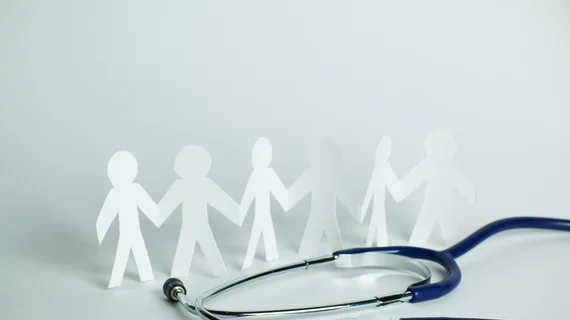8 simple tips to help radiologists work smarter, not harder
Radiologists are now busier than ever, managing more exams and working longer hours. But keeping up with this demanding schedule has proven difficult for many in the specialty.
“Productivity and efficiency metrics have a direct impact on radiologists’ morale, job satisfaction, reimbursement, and play a significant role in shaping the identities of radiologists as practitioners,” Anika L. McGrath, MD, a radiologist with Weill Cornell Medical College at New York-Presbyterian, and co-authors wrote. “As such, identifying techniques for optimizing productivity and efficiency can have a transformative effect on the day-to-day practice of radiology.”
Below are eight tips to help radiologists get started, detailed Dec. 31 in the European Journal of Radiology.
1. Utilize the 5 'D’s' of productivity
Delete items that aren’t needed. Do tasks quickly if they require 2 minutes or less, such as emails or protocoling studies. Delegate tasks if short on time, including asking junior faculty to help with tumor boards or directing reading room coordinators to contact referrers. Deposit emails or tasks in an easily retrievable location. Defer lengthier work but ensure you have a system to track such tasks.
2. Use stress to your advantage
Small increases in stress or anxiety can boost attention but radiologists must learn to manage these levels. Eliminating distractions, recognizing personal strengths and focusing on tasks aligned with your abilities can help manage overwhelming work lists.
3. Adopt an efficient reporting style
Brief and succinct radiology reports are more efficient and provide readers with only the most relevant information. The observations section should take priority as “irrelevant remarks” both increase reporting costs and proofreading time while hindering productivity.
4. Invest in departmental infrastructure
The most productive rads still require departmental investments in top informatics tools to be productive. A single, universal log-in across software programs, adequate IT support, centralized online storage and user-friendly dashboards can all enhance provider efficiency.
5. Connect via mobile devices
Handheld devices, including smartphones, allow radiologists to access documents from any location. Online archive systems can store notes and applications can be used to view images remotely. There are even apps allowing rads to virtually discuss difficult cases.
6. Reconfigure the workspace
An ergonomically correct workstation is key to productivity and well-being, and should include an adjustable seat and table, footrests, and monitors aligned with rads’ sightline. Reading rooms should incorporate similar principles, with multiple spaces for various tasks and interactions to minimize interruptions.
7. Develop robust teams
A highly efficient radiology team increases job satisfaction and overall performance. Such a group should include radiologists, technologists, mid-level extenders, IT staff and administrative support for scheduling, billing and compliance tasks.
8. AI-enabled smart reporting templates
“Smart” report templates integrate data from other sources or prior imaging reports and free up significant time for radiologists to spend elsewhere. Artificial intelligence (AI) is driving this change and will continue to automate tasks, leading to a more productive radiology workforce.
For more advice, you can read the entire piece in the EJR.

